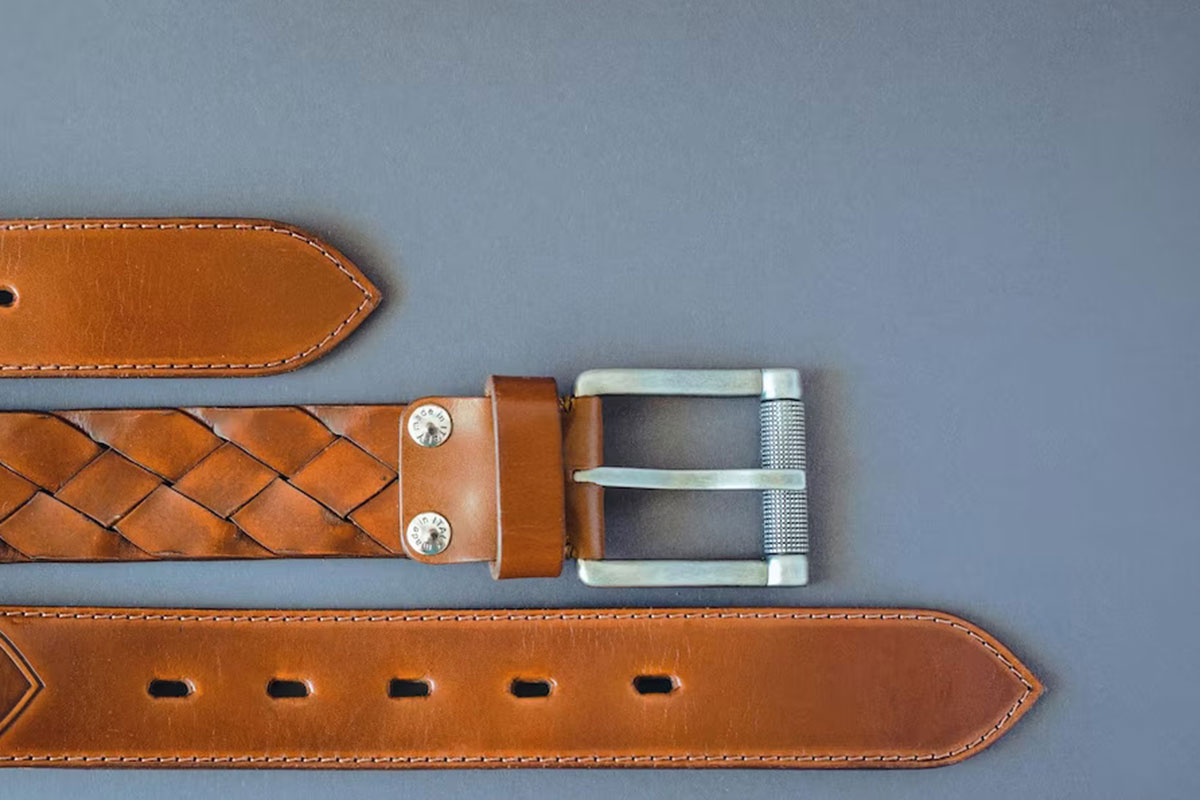Crafting Quality Leather Belts: A Timeless Accessory for Every Wardrobe

Introduction:
Leather belts are more than just functional accessories; they are a symbol of timeless style and craftsmanship. Whether you're dressing up for a formal occasion or adding a touch of sophistication to your casual attire, a quality leather belt can make all the difference. In this blog, we'll delve into the world of quality leather belts, discussing their enduring appeal, the types of leather used, and the craftsmanship that goes into making them.
The Enduring Appeal of Leather Belts:
Quality leather belts have been a staple in fashion for centuries. Their timeless appeal transcends trends, making them a must-have accessory in every wardrobe. Whether you prefer a classic black leather belt for formal occasions or a rugged brown one for everyday wear, leather belts have the versatility to complement a wide range of outfits.
Types of Leather for Quality Belts:
The choice of leather plays a crucial role in determining the quality and durability of a belt. Here are some common types of leather used in crafting high-quality belts:
a. Full-Grain Leather: Full-grain leather is the highest quality leather, featuring the outermost layer of the hide. It's known for its natural grain, strength, and longevity. Over time, it develops a beautiful patina that adds character to the belt.
b. Top-Grain Leather: Top-grain leather is another excellent choice for quality belts. It is slightly more affordable than full-grain leather and is often used for its smooth surface and consistent appearance.
c. Exotic Leathers: For a touch of luxury and uniqueness, some quality belts are made from exotic leathers such as crocodile, ostrich, or snakeskin. These leathers are highly prized for their texture and rarity.
d. Bonded Leather: Be cautious of belts labeled as "bonded leather," as they are made from leather scraps and adhesives. While they may be more affordable, they lack the longevity and quality of full-grain or top-grain leather.
Craftsmanship Matters:
The quality of a leather belt also depends on the craftsmanship that goes into its creation. A well-crafted leather belt should possess the following characteristics:
a. Stitching: Look for belts with strong, even stitching along the edges. Hand-stitched belts are often of higher quality and more durable.
b. Buckles: The buckle should be solid and well-attached. High-quality belts typically feature brass or stainless steel buckles for durability.
c. Edges: Quality belts have finished and burnished edges, giving them a polished appearance and preventing fraying.
d. Adjustable Fit: A good quality belt should be designed with multiple holes to ensure a secure and comfortable fit.
Caring for Your Leather Belt:
To maintain the quality and appearance of your leather belt, it's essential to care for it properly. Here are some tips:
a. Keep it Clean: Wipe the belt with a damp cloth to remove dirt and grime. Use a leather cleaner or conditioner to moisturize the leather and maintain its suppleness.
b. Rotate Belts: Rotating your leather belts and giving them time to rest between wears can extend their lifespan.
c. Avoid Overloading: Don't hang heavy objects from your belt, as this can cause stress and damage to the leather.
Conclusion:
Investing in a quality leather belt is a timeless choice that can elevate your style and last for many years. With the right type of leather and expert craftsmanship, your leather belt can become a cherished accessory that tells a story through its wear and patina. Remember to care for your belt to ensure it stays in top-notch condition and continues to enhance your wardrobe.





